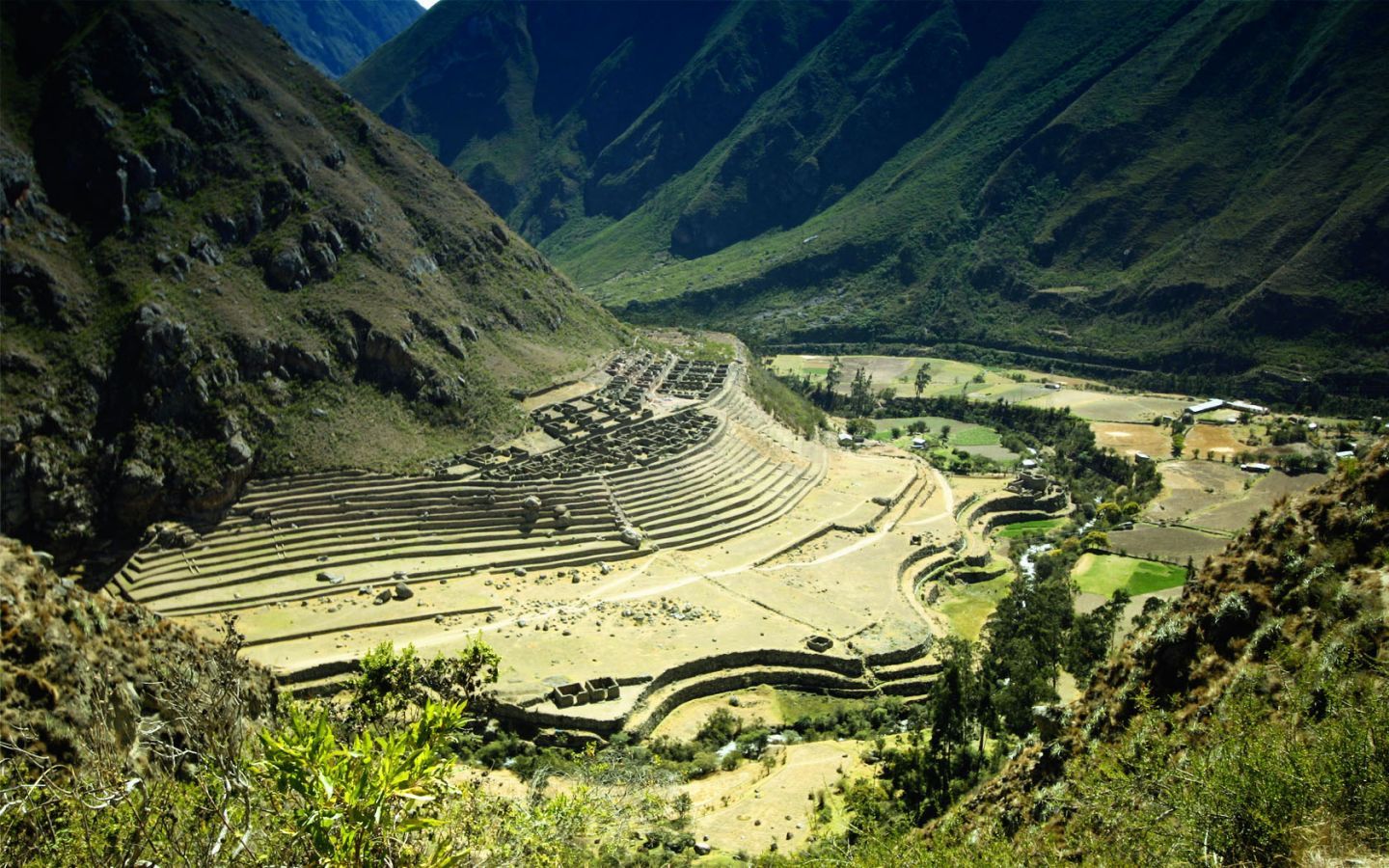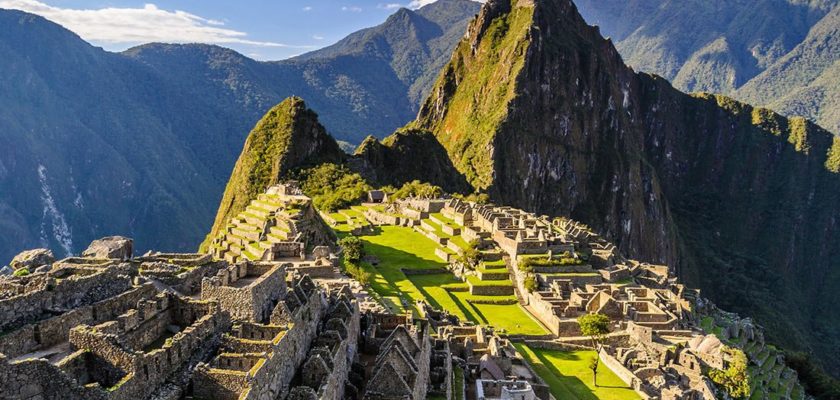During the early 13th century, the Inca civilization arose from the highlands of Peru. From 1438, they began to conquer lands adjoining the Inca heartland of Cuzco. They created the largest empire in pre-Columbian America. Here a list of the 7 most attractive establishments of ancient Inca civilization.
Pisac
Pisac means “partridge” in Quechua. Traditionally the Inca built their cities in the shape of birds and animals, and so Pisac is partridge shaped. A military citadel, religious temples, and individual dwellings are included in this site. The Inca ruins overlook the Sacred Valley between the Salkantay Mountains. Písac is thought to defend the southern entrance to the Sacred Valley. It also controlled a route that connected the Inca Empire with the border of the rain forest.
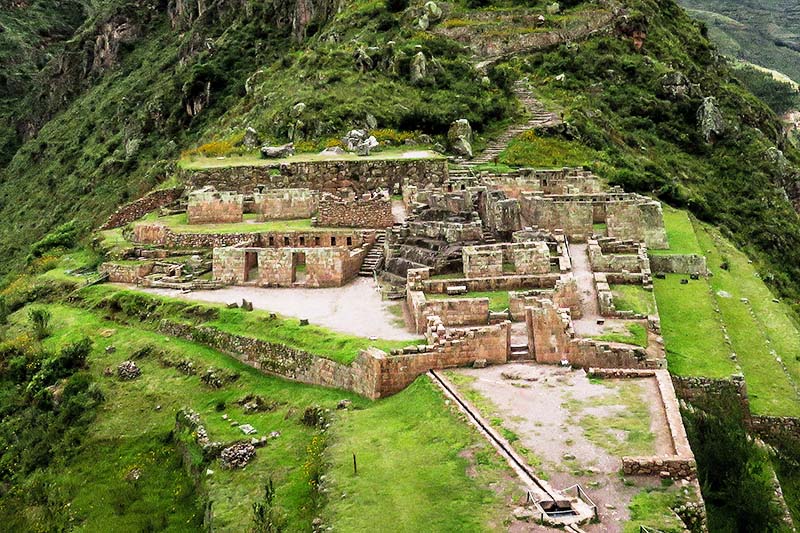
Machu Picchu
Machu Pichu is the most beautiful and impressive ancient Inca ruins in the world. In 1911, the Inca ruin was rediscovered by Hawaiian historian Hiram after it lay hidden for centuries above the Urubamba Valley. From the ground, the “Lost City of the Incas” is completely invisible.
Surrounded by agricultural terraces and watered by natural springs, the city is completely self-contained. Even though the city was known locally, it was largely unknown to the outside world before being rediscovered in 1911. Machu Picchu has become the most important tourist attraction in Peru since then.
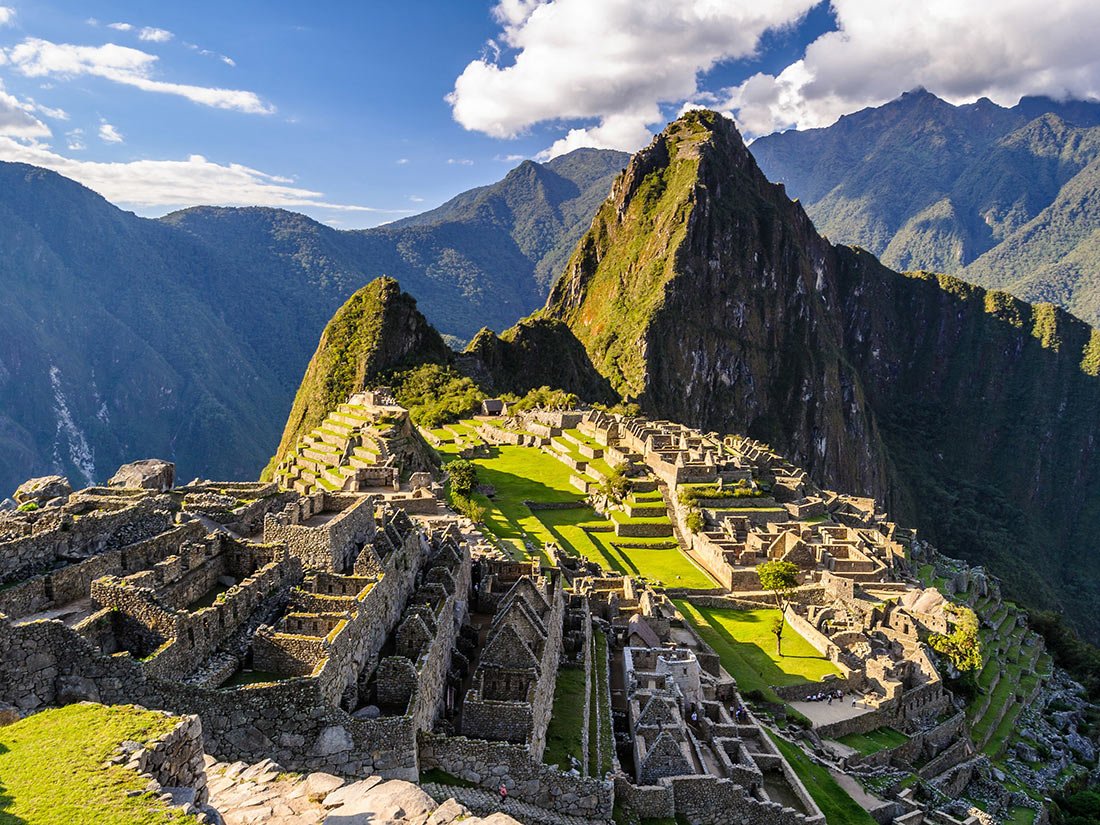
Sacsayhuaman
Located high above the city of Cusco, Sacsayhuamán is an Inca walled complex. Cusco the imperial city was laid out in the form of a puma, the animal that symbolized the Inca dynasty. The hill of Sacsayhuamán was the head of the puma, the main plaza was the belly, and its spine was formed by the river Tullumayo.
On different levels, three parallel walls were built with limestones of enormous sizes. The zigzagging walls are thought to represent the teeth of the puma’s head. In such a way the Inca wall was built that a single piece of paper will not fit between many of the stones.
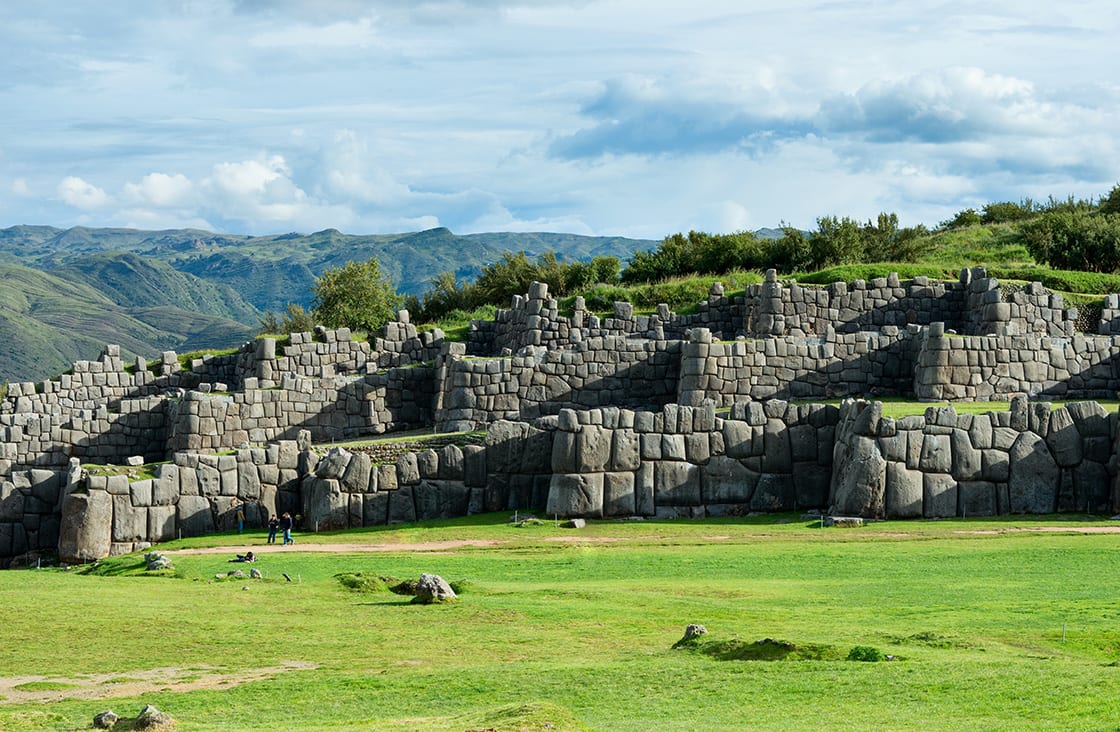
Choquequirao
Choquequirao means ‘Cradle of Gold‘. Located 3085 meters (10,120 feet) above sea level, Choquequirao sits on the border of Cuzco and Apurimac. 180 terraces made up a staircase configuration in this Inca ruin.
Choquequirao is much larger in the area compared to the Machu Picchu, which was built in a completely different style. Choquequirao is visited much less often than Machu Picchu because one can only travel there by foot or horseback. The trek to Choquequirao from Cachora can take up to four days without the benefit of wheels.
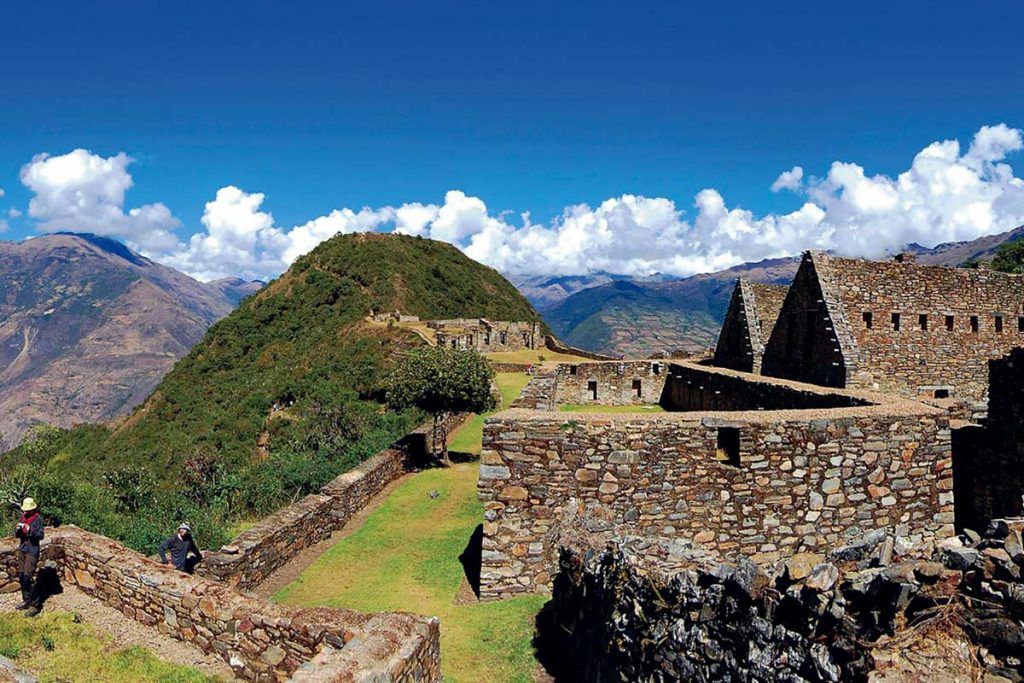
Moray
Located high in the Andes, Moray is an Incan agricultural laboratory that was likely used to cultivate resistant and hearty varieties of plants. Several circular terraces could be seen on the site. As the lower terraces have lower temperatures. The terraces could also be used to study the effects of different climatic conditions on crops. 150 meters (492 feet) is about how deep the deepest crater is with up to 15° C temperature difference between the top and the bottom level.
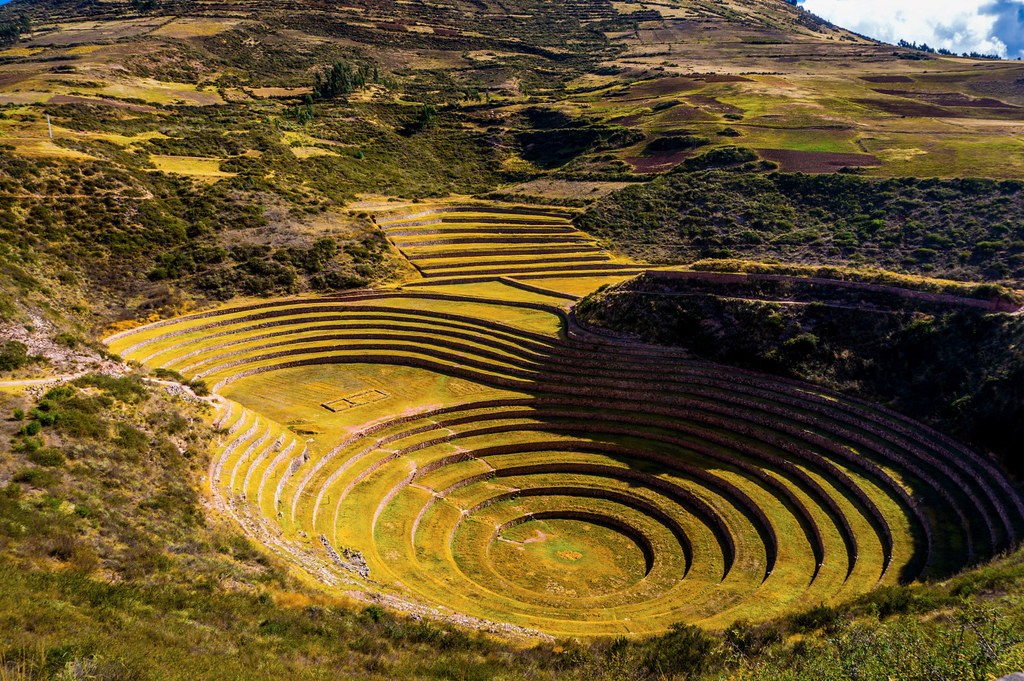
Winay Wayna
Located on the Inca Trail, the site of ‘Winay Wayna’ is built into a hillside overlooking the Urubamba River. It may have served as a rest stop for weary travelers on their way to the famous Machu Picchu just like now. Connected by a staircase and fountain structures, there are upper and lower house complexes in the Inca ruins of WinayWayna. Adjacent to the houses lies an area of agricultural terraces.
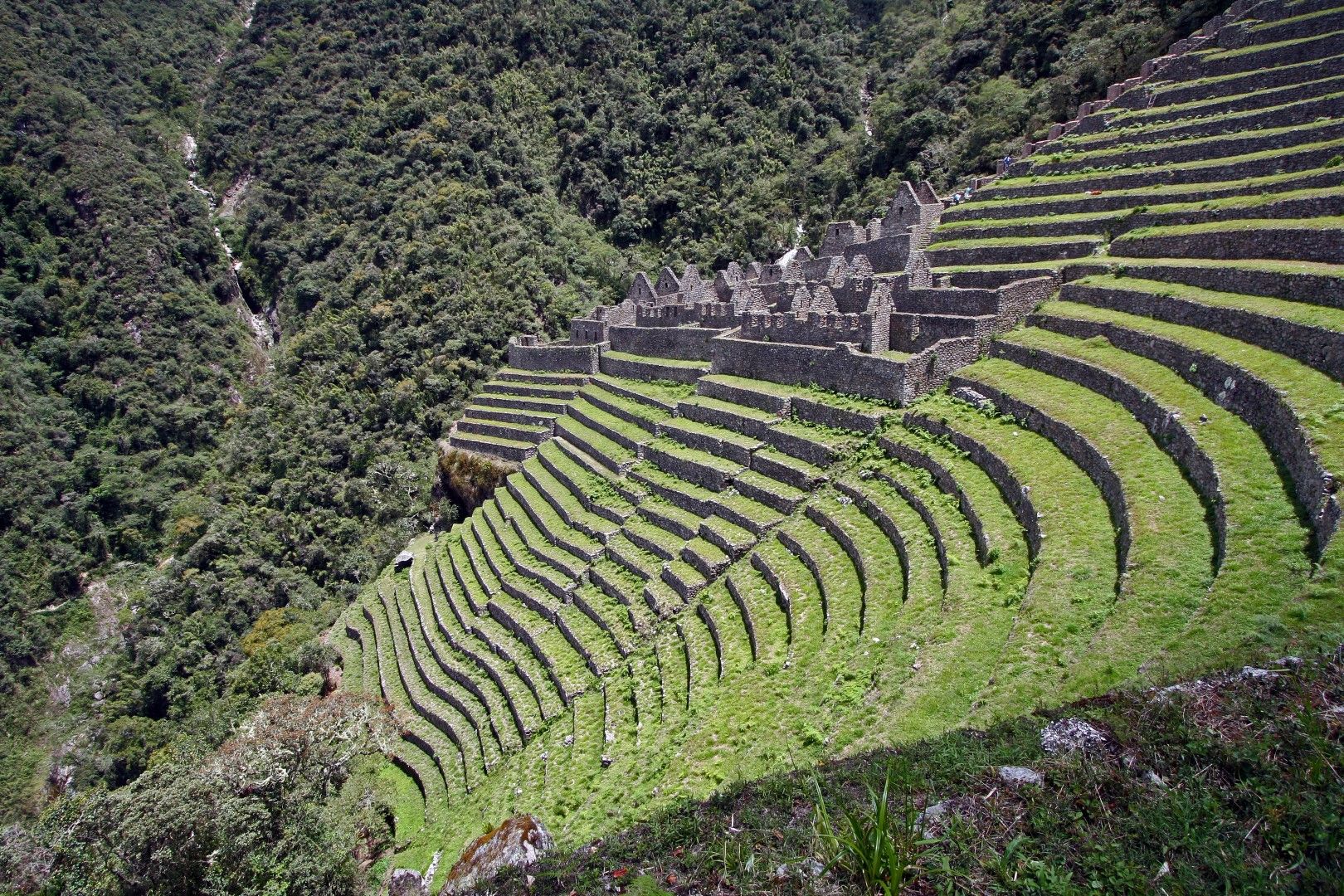
Llactapata
Llactapata is located at 2,840 meters (9,318 feet) above sea level along the Inca trail. It means “High Town” in Quechua. Manco Inca Yupanqui burned Llactapata during his retreat to discourage Spanish pursuit. The Spanish never discovered the Inca trail or any of its Inca settlements due to these efforts. Llactapata was probably used for crop production and storage.
